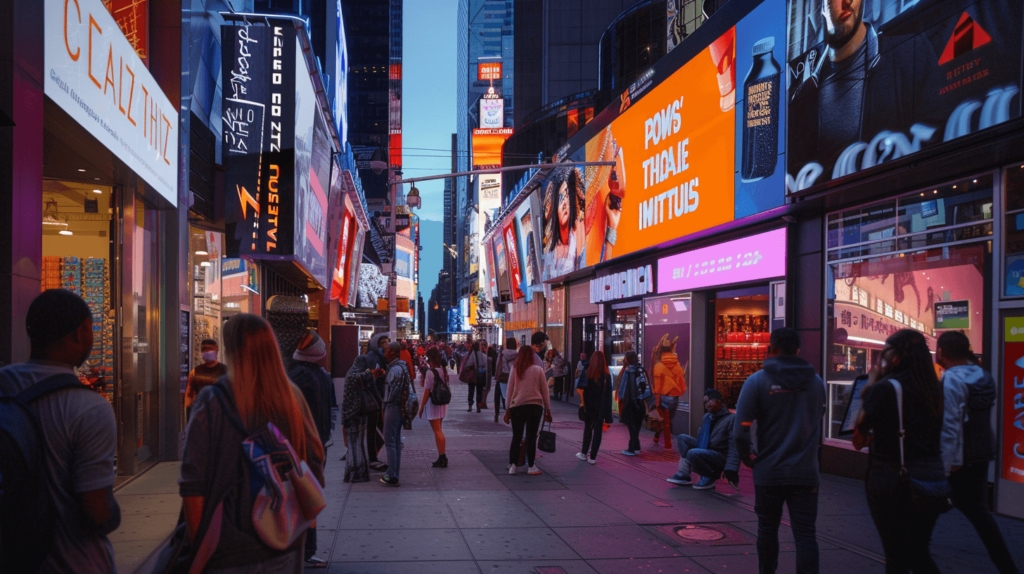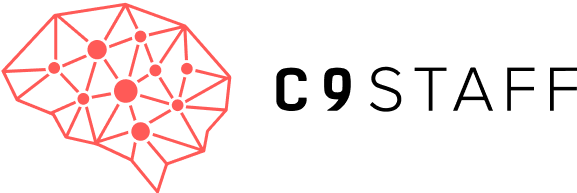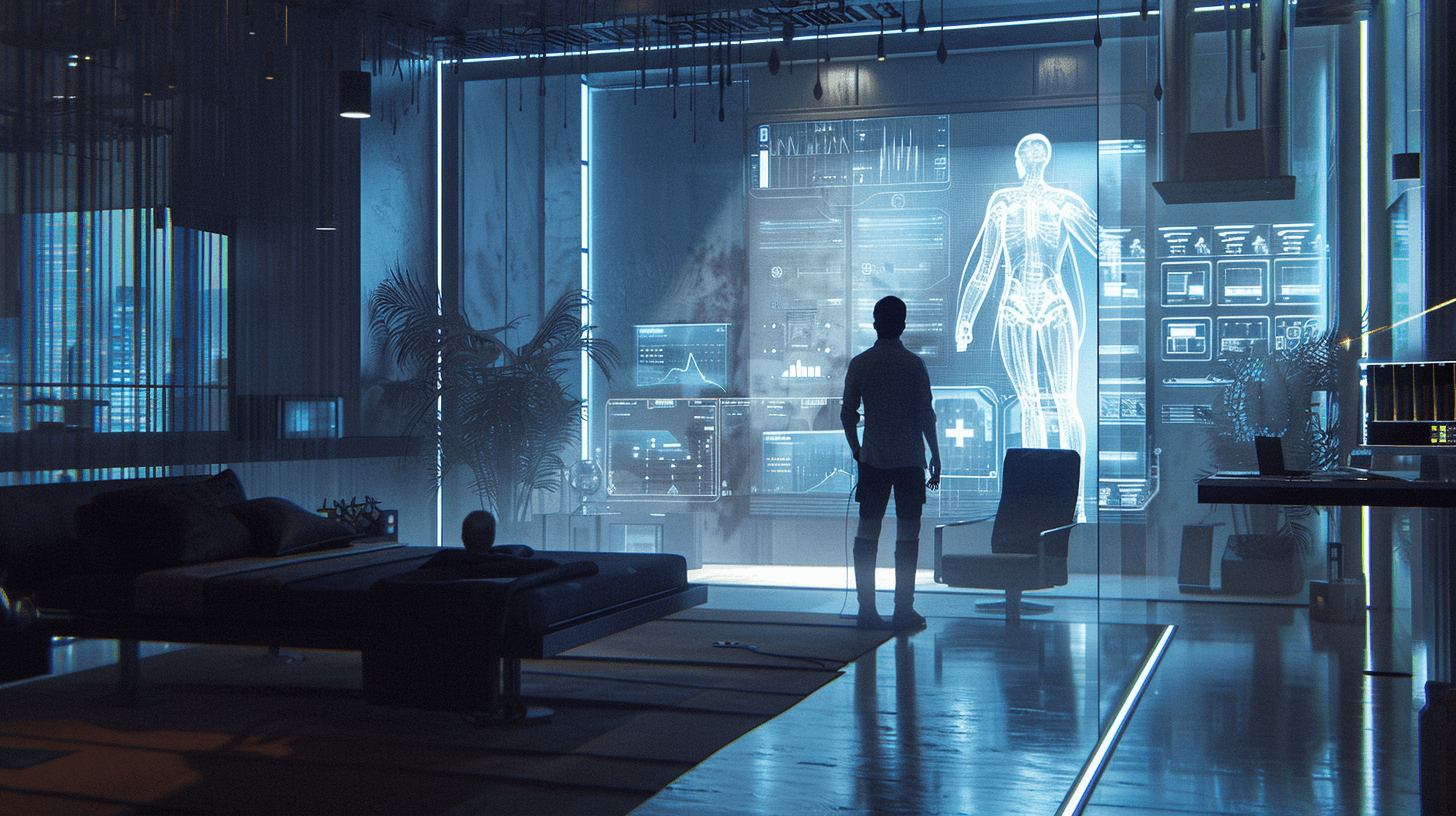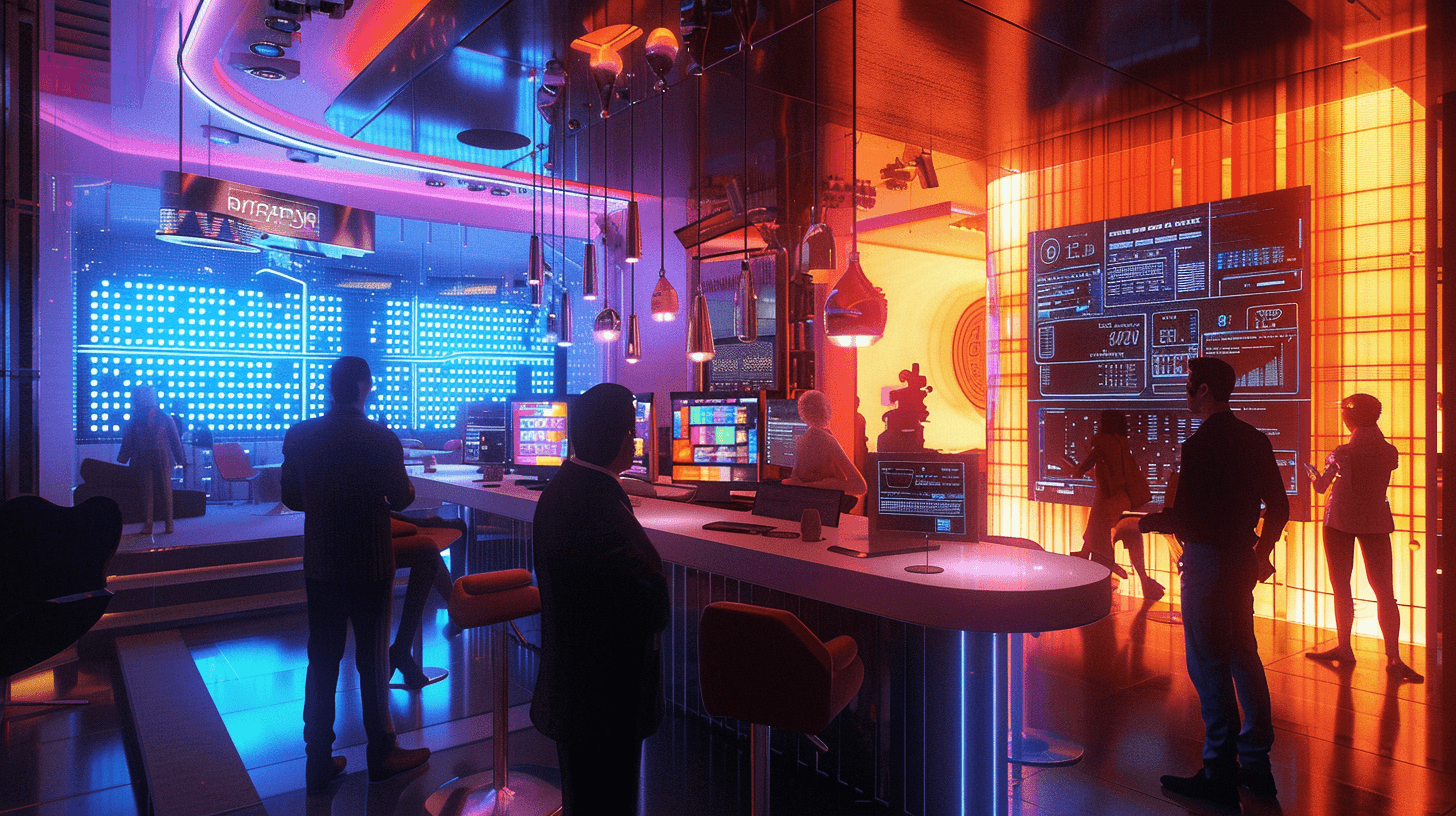Introduction

In today’s fast-paced business environment, where every digital interaction can tip the scales between gaining a new customer and losing one to the competition, the role of graphic design has never been more pivotal. As digital media increasingly saturates every corner of our lives, compelling visual communication has evolved from a luxury to an absolute necessity for businesses across all industries. Effective graphic design is crucial—it acts not just as an embellishment but as a fundamental vehicle for conveying your brand’s message and core values, ensuring they resonate deeply with your audience amid the constant noise of the digital age.
This guide is meticulously crafted to navigate you through the essential processes of identifying, hiring, and collaborating with a graphic designer whose vision aligns perfectly with yours. This person will have the capability to transform the abstract ideas encapsulating your brand into tangible visual experiences that speak directly to the hearts and minds of your consumers. From precisely understanding your design needs to exploring various hiring platforms, assessing potential candidates’ portfolios, and managing design projects effectively, this article carves out a clear route to successful graphic design collaboration.
Investing in professional graphic design services transcends mere aesthetics; it strategically enhances your business’s visibility and operational efficacy. Well-executed designs elevate your brand, distinguishing it in a crowded market, and build a level of professionalism and credibility that is crucial in today’s competitive landscape. Each visual element, meticulously crafted by a skilled designer, plays a critical role in scaling your engagement, fortifying your brand identity, and driving your business objectives forward.
As you engage with this guide, consider the hiring of a graphic designer not as an expense but as an essential investment in the long-term success of your brand. I urge you, the business owner or marketing manager, to embrace the transformative power of professional graphic design. Let this guide be your initial step towards transforming your business vision into a dynamic visual reality, creating compelling experiences that captivate and engage your target audience like never before.
Do you Really need a Style as a Graphic Designer?
Understanding Your Needs
As you embark on the journey to enhance your brand through professional graphic design, it is crucial to start with a solid understanding of your specific design requirements. This initial step not only defines the trajectory of your project but also ensures that every decision made aligns perfectly with your business goals.
Identifying Design Needs
Begin by identifying the key components required to tell your brand’s story effectively. This may include logos, branding elements like color schemes and typography, digital marketing materials, packaging designs, or even website layouts. Each element serves a distinct purpose and contributes to building a cohesive brand identity. A well-designed logo, for example, isn’t just a visual mark; it embodies your company’s values and mission, resonating with your audience at a glance. Similarly, effective digital marketing materials are tailored to catch the eye of your target demographic, encouraging engagement and driving conversions.
Assessing Scope and Scale
Assess the scope and scale of your design project. Consider critical factors such as the project timeline, the target audience, and the key message you wish to communicate. These elements help determine the complexity of the design tasks and the level of expertise required from a graphic designer. For instance, a project aimed at a young, tech-savvy audience will likely require up-to-date design trends that may not be necessary for more traditional customer bases.
Provide practical advice on matching your project’s demands with the right designer. This includes understanding whether your needs are best served by a versatile all-rounder or a specialist in a specific type of graphic design. The right fit should not only have the skills to execute your vision but also the capacity to do so within your budget and timeline constraints.
Setting Goals and Expectations
Defining what success looks like for your project is critical. Set clear, measurable goals such as increased customer engagement, higher click-through rates from digital ads, or enhanced brand recognition. These objectives should be specific, measurable, achievable, relevant, and time-bound (SMART). Discuss these expectations with your designer to ensure they understand what outcomes are expected and when.
The Importance of Clarity
Emphasize the importance of this foundational step in the graphic designer hiring process. A thorough understanding of your own needs will streamline the subsequent steps of finding and collaborating with a graphic designer and significantly increase the likelihood of your project’s success. This clarity not only helps in communicating with potential candidates but also sets the stage for a partnership that can bring your brand vision to life effectively.
Your journey towards transforming your brand with graphic design starts with these essential steps. By clearly articulating your needs and objectives, you set the stage for a fruitful collaboration that will elevate your brand and achieve significant business outcomes. Ensuring that your designer fully grasps the scope and aspirations of your project paves the way for designs that not only meet but exceed your expectations, providing your business with a visual identity that stands out in the marketplace and resonates deeply with your audience.
Become An EFFICIENT Graphic Designer! (Important Things You Need To Know)
Finding the Right Graphic Designer

Sources for Hiring
The journey to find the right graphic designer for your project begins with knowing where to look. There are several platforms offering unique benefits and potential drawbacks that should be considered. Upwork, Behance, and LinkedIn have become essential resources for business owners seeking freelance graphic designers.
Upwork offers a vast selection of designers from around the world, providing access to a diverse array of styles and rates. This diversity can be beneficial for finding unique design perspectives, but it may also present challenges in maintaining quality consistency due to the broad range of options.
Behance allows designers to showcase their portfolios directly, facilitating an easier assessment of their creativity and expertise. Although this makes it straightforward to gauge a designer’s skill set, it might be more time-consuming to find someone who is available and closely matches your project’s specific requirements.
LinkedIn helps in networking and provides insights into the professional backgrounds of potential hires, which is useful for verifying credentials and employment history. However, it might not provide an immediate sense of a designer’s creative style, focusing more on their professional journey than their actual design work.
Industry-specific job boards are particularly useful for connecting with professionals who specialize in certain sectors of design. These platforms offer a more targeted approach, allowing you to find designers who have specific experience relevant to your industry or project type.
Portfolio Assessment
Assessing a graphic designer’s portfolio is crucial in determining if they are the right fit for your project. A comprehensive portfolio review should include an examination of technical skills, distinctive style, and a deep understanding of strategic branding and visual storytelling. Pay close attention to how the designer handles various elements such as typography, color, and composition.
Evaluate the relevance of their work to your project by considering if their design approach aligns with your brand’s ethos and goals. A well-rounded portfolio should demonstrate versatility and innovation, indicating that the designer is capable of adapting their style to meet different challenges and audience expectations.
Experience and Specialization
The experience and specialization of a graphic designer are critical in their ability to meet the specific demands of your project. When selecting a designer, it is important to consider their background in projects that are similar to yours. Designers with niche expertise in areas such as digital marketing, UI/UX design, or traditional print media can offer valuable insights and advanced skills that enhance the effectiveness of your project.
For example, a designer specializing in UI/UX will be adept at creating user-friendly interfaces that improve customer engagement and satisfaction. Similarly, designers who have focused on digital marketing may bring a strong understanding of how to leverage visual content to boost online presence and interaction.
Also, consider the industries in which they have worked. A designer with experience in your sector will likely have a better grasp of the market trends and customer expectations relevant to your business.
Forming a Strategic Partnership
Approaching the process of hiring a graphic designer should be seen as forming a strategic partnership. This collaboration should aim to fulfill more than just aesthetic needs; it should propel your business objectives forward. The right graphic designer will not only meet your project’s technical requirements but also share a creative vision and understanding of your brand’s core values.
Your goal in this section is to equip you with the knowledge and tools necessary to make an informed decision when selecting a graphic designer. By understanding the different sources available for hiring, effectively assessing portfolios, and considering a designer’s experience and specialization, you can ensure a successful collaboration that enhances your brand and contributes to your business’s success. This partnership, founded on mutual understanding and respect, will not only bring your visual ideas to life but also help achieve the strategic goals of your enterprise.
Vetting Potential Candidates

Interviewing Techniques
Interviewing potential graphic designers is an essential step in ensuring you find a candidate who is not only technically proficient but also a good fit for your company’s workflow and culture. Begin by exploring the designer’s creative process and problem-solving skills through targeted questions.
Understanding the Creative Process: Initiate the interview by asking the candidate to walk you through the design process of a recent project. This question helps you understand their approach from concept to execution, providing insights into their creative thought process and meticulous attention to detail.
Feedback and Revisions: It’s crucial to understand how a designer handles feedback and revisions. Inquire, “How do you handle feedback and revisions from clients?” This question will help you gauge their responsiveness to client input and their adaptability in integrating that feedback into their designs.
Problem Solving: Another vital aspect to explore is their ability to navigate challenges. Ask them to describe a challenging project and how they managed to overcome the obstacles. This inquiry aims to reveal their problem-solving abilities and their capacity to persevere through complex situations.
These questions are crucial as they assess not only technical competence but also the candidate’s ability to think critically and adapt to various challenges.
Skill Validation
Beyond the interview, validating the skills of a graphic designer is critical. Implementing trial projects or specific tasks can serve as practical tests of a designer’s capabilities. These trials help assess the designer’s thought process and execution style, providing deeper insights beyond what is visible in their portfolio. Encourage scenarios or tasks that closely resemble the actual work the designer would be doing if hired. This approach ensures that the skills showcased in their portfolio are applicable in real-world scenarios and are effective.
Cultural and Communication Fit
Finding a designer who is a good cultural and communication fit is crucial for long-term collaboration. Explain how alignment with the company’s values, work ethic, and communication style can significantly impact project outcomes and overall team harmony. Offer tips on identifying these traits through the interview process, such as observing the designer’s communication style, asking about their values in a professional setting, and how they see themselves contributing to team environments.
Emphasize that these traits should weigh as heavily as technical skills because a designer who meshes well with your team is more likely to contribute to a harmonious and productive work environment.
Conclude this section by reaffirming to the reader that a thorough vetting process is indispensable. This phase not only ensures that the graphic designer has the necessary skills but also shares a vision that aligns with the company’s goals. Your advice should empower the business owner to conduct this phase with the confidence that it will lead to a rewarding and productive professional relationship. This careful approach will ensure that the chosen designer can fully contribute to the company’s objectives and fit seamlessly into the existing company culture.
This vetting process is more than just a series of interviews and tests; it is a gateway to fostering a successful partnership that can significantly enhance both the creative and business sides of your operations. By taking the time to thoroughly vet potential candidates, you position your business to benefit from a designer who not only delivers exceptional designs but also enriches the workplace culture. The right designer will not only bring creative expertise but will also infuse your projects with innovation, making a tangible difference in how your brand is perceived and received.
Financial Considerations

Budgeting for Graphic Design
When preparing to invest in graphic design services, setting a realistic budget is crucial. The cost of graphic design can vary significantly based on several factors including the scope of the project, the designer’s level of experience, and the intended use of the designs. For instance, a comprehensive branding project will likely cost more than a simple logo design due to the complexity and time involved. To effectively budget for your design needs, start by understanding market rates for the type of work you require. Consult with multiple designers to get a sense of standard rates and gauge what specific features influence costs. Additionally, consider the long-term benefits of the designs to justify the investment. Allocate funds based on priority and scale of the project, ensuring you are prepared financially without compromising other business areas.
Understanding Pricing Models
Graphic designers typically offer various pricing models: fixed price, hourly rates, and retainers. Each has its advantages and disadvantages depending on your project’s needs. Fixed price agreements are ideal for projects with well-defined scopes and deliverables, offering predictability in costs and minimizing the risk of budget overruns. However, they require clear specifications upfront. Hourly rates are flexible and suitable for projects where the scope is not fully defined, allowing adjustments as the project evolves. This can be cost-effective but may also lead to higher unexpected expenses if the project demands more time. Retainers are perfect for ongoing work, providing a set amount of design services at a predictable cost each month, which helps in budgeting and ensures the designer’s availability for your projects.
Negotiation Tips
Negotiating rates with graphic designers is an important step in establishing a fair agreement that benefits both parties. Start negotiations with a clear understanding of your project’s requirements and the corresponding value the designer brings. Discuss and define deliverables clearly to avoid future misunderstandings. Agree on payment terms that balance risk, such as a deposit with subsequent payments tied to milestones. Understand the designer’s value proposition and be prepared to pay a premium for highly skilled or experienced designers. Treat negotiations as a foundation for a long-term relationship, focusing on open and honest communication. This approach not only secures a fair price but also fosters a collaborative atmosphere conducive to creative success.
This section aims to provide you with the necessary knowledge to navigate the financial aspects of hiring a graphic designer. By understanding how to effectively budget, choose the most suitable pricing model, and negotiate terms, you can make informed decisions that align with your business objectives. These strategies will empower you to manage your graphic design investment wisely, enhancing your brand’s visual appeal and overall market presence.
Managing Your Graphic Design Project
Successfully managing a graphic design project requires a structured framework for timelines and deliverables. Begin by setting definitive milestones and deadlines, which will serve as benchmarks to keep the project on track and ensure timely delivery. Break the project into manageable phases, assigning a specific deadline to each. This segmentation fosters more focused and efficient work, making complex projects more manageable and less overwhelming for both you and the designer.
Utilize project management tools or software to visualize the timeline effectively. Platforms like Asana, Trello, or Monday.com offer visual timelines and Gantt charts that aid in tracking progress against deadlines. It’s essential to establish regular check-ins at each milestone to assess progress and address any emerging issues promptly. These check-ins are crucial for maintaining project momentum and ensuring that the project adheres to its timelines. By setting these benchmarks, you create a structured timeline that guides the project towards its completion date without unnecessary delays.
Communication Best Practices
Effective communication is the backbone of successful project management. Ensure that you maintain clear and consistent communication throughout the lifespan of the project. Utilize a combination of communication tools such as emails, project management platforms, and regular meetings to keep information flowing smoothly.
Adopt strategies such as follow-up messages to confirm mutual understanding after discussions. Document summaries of significant meetings or decisions to provide a reference point for future recollections and clarifications. This practice helps avoid confusion and ensures that all project members have the same information and expectations.
Feedback and Revisions
Providing constructive feedback is essential in driving your graphic design project forward. Be specific and objective with your feedback to ensure that the designer clearly understands which aspects need improvement. Approach feedback sessions with a focus on how the project’s goals are being met rather than personal preferences, which helps maintain a professional and objective relationship.
Establish a structured revision process that clearly outlines how many rounds of revisions are included within the project scope. This approach helps maintain project momentum and prevent scope creep, keeping the project within the agreed parameters. When providing feedback, frame your critiques positively and collaboratively, focusing on solutions rather than problems. This method fosters a positive working relationship and encourages creative problem-solving.
Additional Considerations
During the project, it’s also beneficial to engage in proactive problem-solving discussions, rather than waiting for issues to escalate. Address potential challenges as they arise with openness and a focus on finding effective solutions. This proactive approach minimizes downtime and leverages the creative process as a dynamic and interactive journey.
Implementing these strategies allows you to manage your graphic design project smoothly and effectively, ensuring that it not only meets but also exceeds your expectations. Effective management will not only enhance your brand but also contribute significantly to the success of your business. With clear milestones, robust communication, and constructive feedback, you can confidently oversee the project and develop a strong, productive relationship with your graphic designer.
This comprehensive approach ensures that every phase of the project is well-coordinated, from initiation through to completion, enabling a seamless workflow that maximizes productivity and fosters a collaborative atmosphere conducive to achieving the best possible outcomes. Through this structured management, your project will not only achieve its goals but also set a standard for future collaborations, establishing a solid foundation for continuous improvement and innovation in your business’s graphic design endeavors.
Conclusion

As we conclude our comprehensive guide, it’s crucial to reflect on the strategic steps necessary for successfully hiring and collaborating with a graphic designer, a decision that can significantly elevate your brand’s impact. Understanding your project’s requirements and aligning them with your business goals is the first step, ensuring that both you and your designer start on the same page for an efficient and targeted design process.
Finding the right designer involves sourcing from various platforms and critically assessing portfolios to gauge not just aesthetic appeal but practical applicability to your needs. The process of vetting candidates goes beyond their portfolios, emphasizing the importance of thorough interviews, skill validation, and ensuring the designer fits well within your company’s culture and communication style.
Financial considerations also play a critical role; understanding how to effectively budget and choose between different pricing models can help you manage costs without sacrificing quality. Managing the graphic design project itself requires setting clear milestones, maintaining open lines of communication, and handling feedback and revisions efficiently to keep the project on track.
Legal and ethical considerations are just as vital, involving drafting clear contracts, understanding intellectual property rights, and adhering to ethical hiring practices to protect both parties and ensure a fair working environment.
Choosing the right graphic designer can transform your business by not only enhancing brand visibility but also by engaging your audience more effectively and driving your business objectives forward. A skilled designer does more than deliver aesthetically pleasing elements; they bring your brand’s message to life in a way that resonates with your audience and contributes to your business’s success.
With the insights from this guide, you should feel empowered and confident in your ability to navigate the hiring process effectively. By adopting these strategies, you are well-prepared to undertake crucial steps toward enhancing your business through professional graphic design. This preparedness ensures that you can engage in this pivotal process with confidence, knowing that the right partnership in design can lead to remarkable enhancements in how your business is perceived and, ultimately, its overall success.



